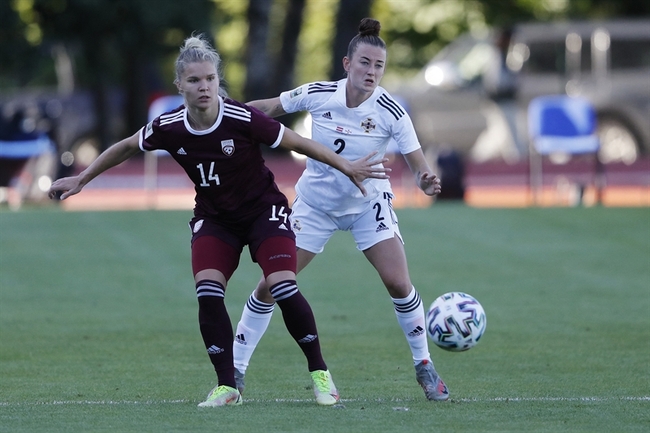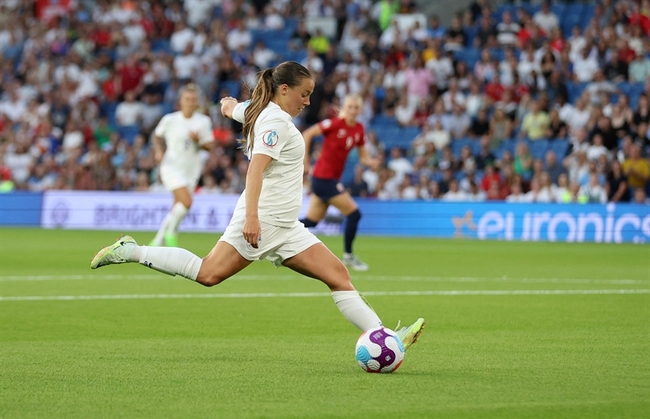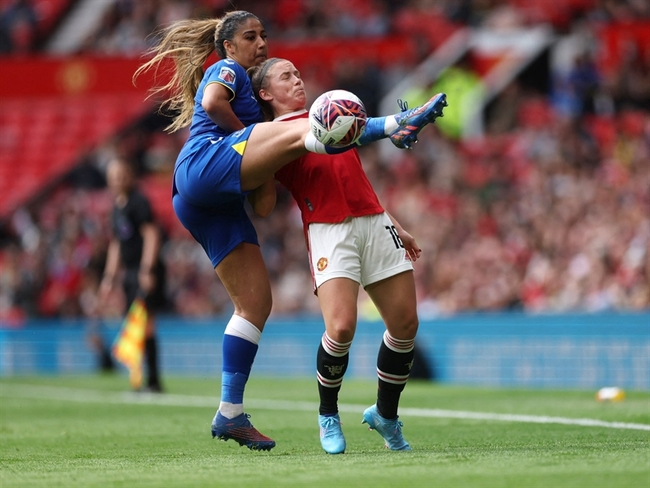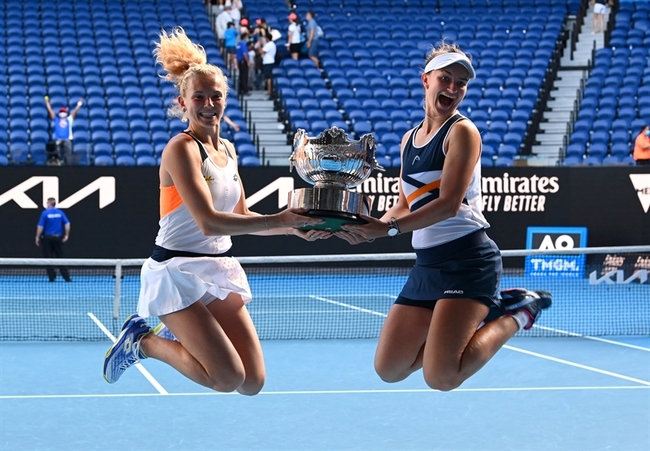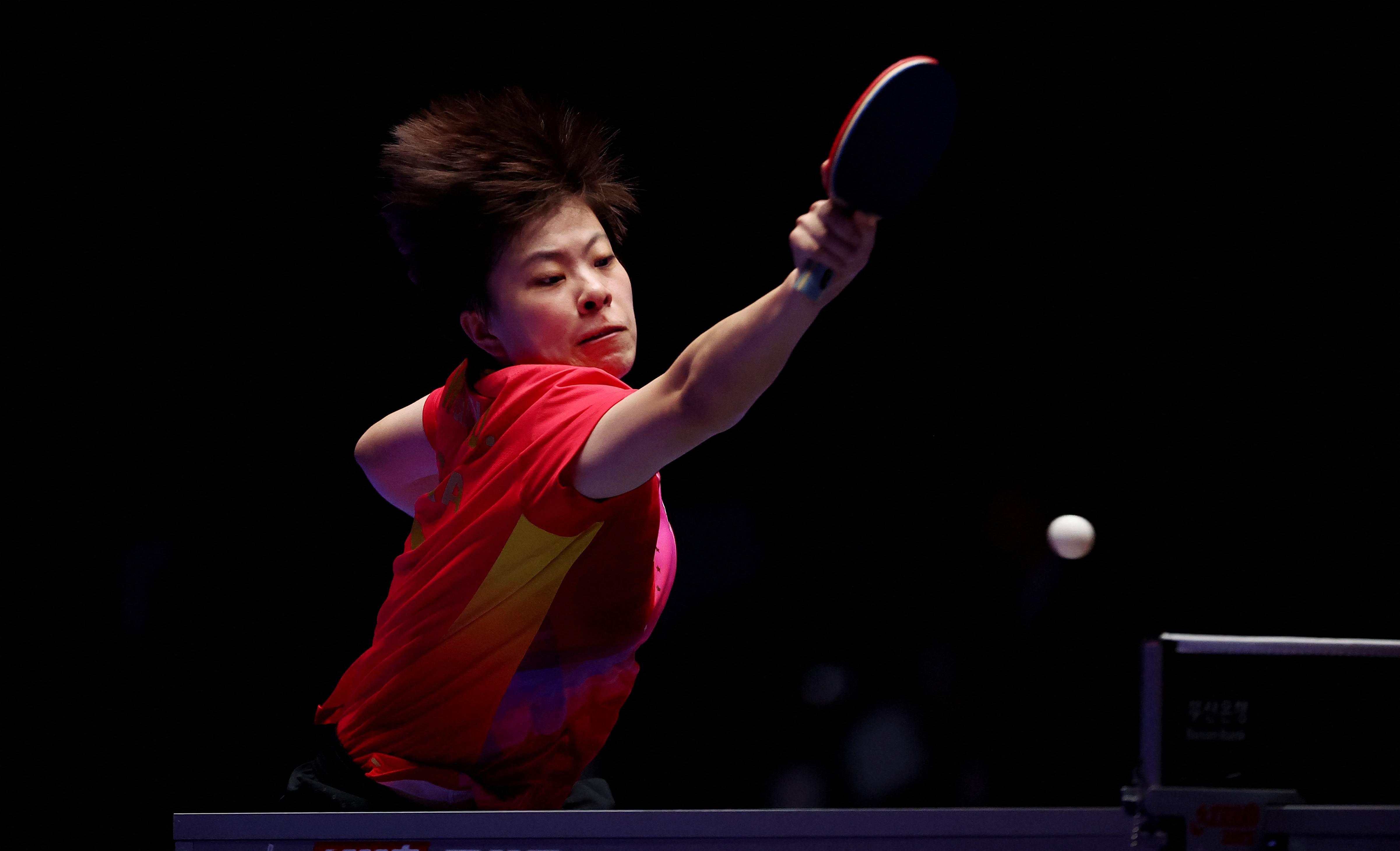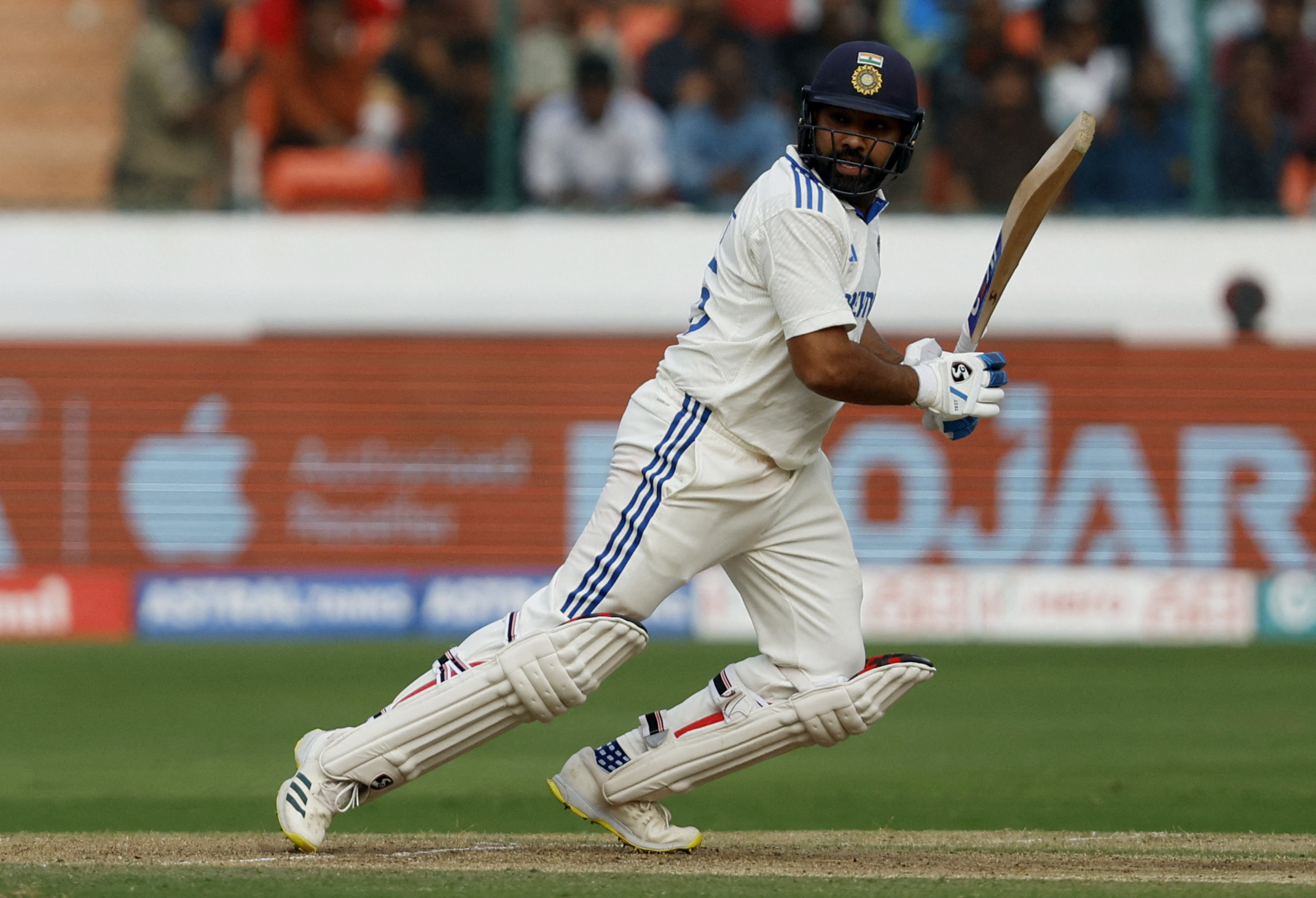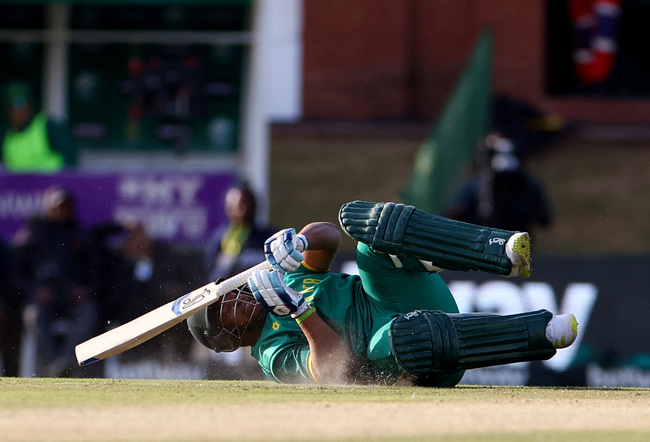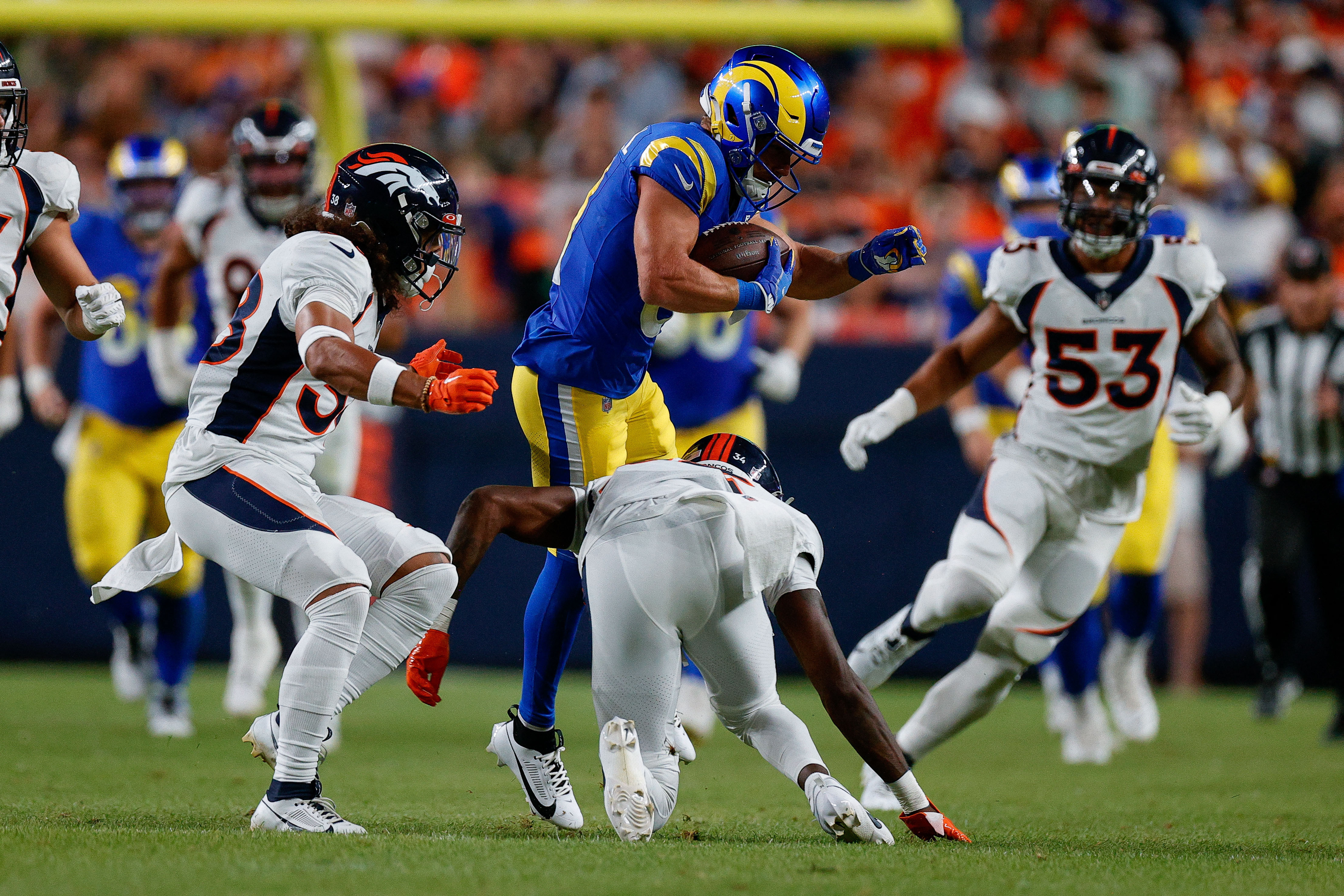5 ways to reduce muscle loss while injured

The significant economic impact of athletic injury results from both the direct medical expenses and lost time in play. The personal costs of injury include psychological stress and loss of physical fitness. Muscle atrophy and strength loss from inactivity require more rehabilitation and impact return to play performance.
For instance, knee injuries, one of the most common sports injuries, often require joint immobilization for the first one to two weeks of post-surgical healing. Immobilization results in decreased muscle mass, strength, local metabolic rate, insulin sensitivity, and an increased percentage of fat in the muscle(1). While necessary to protect the repair and allow healing, the most substantial amount of muscle atrophy occurs during this early immobilization period(1). The rate of muscle mass decline is roughly 0.5% per day; however, many factors affect this rate, including the prior level of strength, gender, age, and the particular muscles involved(1). While the decrease in muscle size is significant, the rate of decline in strength is nearly three times that. One study revealed that within just two weeks of immobilization, healthy males showed a 23% deterioration in muscle strength(2).
In healthy individuals, muscle tissue is lost and rebuilt every day. If circumstances stay the same, the body manages homeostasis with neither a net loss or gain. When injured and inactive, however, muscle tissue degrades at a faster rate and muscle building slows. Tendon and bone appear to deteriorate at a slower rate than muscle during immobilization. Therefore, the decline in muscle tissue seems to contribute more significantly to the loss of function after prolonged rest.
5 ways to reduce muscle atrophy
1. Prehab
Knowing that an athlete will lose muscle mass and strength during a period of post-surgical recovery, it makes sense to strengthen the affected muscles as much as possible before surgery. If an athlete is out for the rest of the season anyway, suggest taking two to three weeks (or more) to maximize function and strength after the acute injury calms down. Acute swelling impacts neuromuscular timing and muscle fiber recruitment. Immediate surgery with swelling still present and muscle function impaired only worsens the situation.
2. Eat more protein
The body needs protein to build muscle. After eating protein, the body receives an increase in available amino acids. These amino acids contribute to muscle synthesis; therefore, those trying to increase muscle mass should ingest frequent high amounts of easily digestible protein to give the body the building blocks for muscle. Those with muscle inactivity should also eat frequent high-protein meals. Why high protein?
During periods of inactivity, the body doesn’t utilize the available protein to build muscle as it usually would. Termed anabolic resistance, this is likely the reason for the dramatic decrease in muscle strength and size seen in the initial couple of weeks of immobilization(1). In healthy individuals, around 20 grams of protein per day maximizes protein synthesis(1). However, persons over 65 years-of-age often need more protein to overcome age-related anabolic resistance – up to 35 to 40 grams of protein per day. Speculating that injury-related anabolic resistance may be the same, researchers in The Netherlands suggest that injured athletes need the same increase in protein to maximize muscle production(1).
3. Supplement necessary nutrients
Dietary protein with leucine may help promote muscle building. Athletes may have difficulty ingesting enough protein due to a lack of appetite from decreased activity. They may also be concerned with putting on weight (fat) because they aren’t exercising as much as usual. Assure them that an energy deficit is more detrimental to healing and maintaining strength than an energy surplus. Because protein is the most critical macronutrient, encourage supplementation with an easily digestible form like whey protein powder.
One reason whey protein is recommended over sources like soy is the amount of available leucine. Protein from animal sources appears to have the highest leucine content. In addition to promoting muscle synthesis, leucine metabolizes into ß-hydroxy-ß-methylbutyrate (HMB), a compound that improves the rate of muscle building and hinders muscle breakdown. Supplementation with HMB shows promise in decreasing the effects of long-term bed rest in the elderly and may help athletes as well.
Other supplements may also help promote muscle rebuilding. Omega-3 fatty acids from fish oil sensitize the protein pathways and thus help overcome anabolic resistance. Creatine supplementation was effective in slowing muscle mass and strength decline after upper arm immobilization(3).
4. Neuromuscular electrical stimulation
Neuromuscular electrical stimulation (NMES) is an essential weapon in the fight against muscle loss. It contracts muscles in a safe and measured involuntary way, stimulating muscle synthesis. Graded and controlled use during the first two weeks of immobilization can counteract the significant muscle loss seen during this period. Athletes can use the device independently, and protocols of 30 minutes twice per day have been shown to decrease atrophy(4). Using NMES in the early stages of recovery has the added benefit of facilitating neuromuscular recruitment, enabling quicker voluntary contractions once cleared for active movement.
5. Cross-training
Just because an athlete is ‘laid up’ with an injury doesn’t mean they can’t exercise. Encourage alternative activities either with assisted weight-bearing in a pool or resistance exercises using the unaffected limbs. Doing so will help preserve overall lean muscle mass, cardiovascular fitness, and metabolic function.
Why ask?
Knowing the impact of muscle loss, discuss the previous recommendations with injured athletes. You may be the only one to ask how they've changed their diet since they've been injured. The typical athlete response is to eat less while out of commission, something that could set them up for a delay in healing and in their full return to sport. You can also recommend appropriate cross training activities. Again, the typical athlete response when injured is to become completely inactive, which can lead to overall decreases in fitness and depression. Lastly, have a rental NMES unit available for the immediate post-operative period. Make sure athletes are independent in its use so they can recieve the full benefit.References
- Eur J Sport Sci.2015;15(1):53-62
- J Clin Endocrinol Metab.2013 Dec;98(12):4872-81
- J Strength Conditioning Res. 23;(1):116-120
- Acta Physiologica. 10(3):628-41
You need to be logged in to continue reading.
Please register for limited access or take a 30-day risk-free trial of Sports Injury Bulletin to experience the full benefits of a subscription. TAKE A RISK-FREE TRIAL
TAKE A RISK-FREE TRIAL
Newsletter Sign Up
Subscriber Testimonials
Dr. Alexandra Fandetti-Robin, Back & Body Chiropractic
Elspeth Cowell MSCh DpodM SRCh HCPC reg
William Hunter, Nuffield Health
Newsletter Sign Up
Coaches Testimonials
Dr. Alexandra Fandetti-Robin, Back & Body Chiropractic
Elspeth Cowell MSCh DpodM SRCh HCPC reg
William Hunter, Nuffield Health
Be at the leading edge of sports injury management
Our international team of qualified experts (see above) spend hours poring over scores of technical journals and medical papers that even the most interested professionals don't have time to read.
For 17 years, we've helped hard-working physiotherapists and sports professionals like you, overwhelmed by the vast amount of new research, bring science to their treatment. Sports Injury Bulletin is the ideal resource for practitioners too busy to cull through all the monthly journals to find meaningful and applicable studies.
*includes 3 coaching manuals
Get Inspired
All the latest techniques and approaches
Sports Injury Bulletin brings together a worldwide panel of experts – including physiotherapists, doctors, researchers and sports scientists. Together we deliver everything you need to help your clients avoid – or recover as quickly as possible from – injuries.
We strip away the scientific jargon and deliver you easy-to-follow training exercises, nutrition tips, psychological strategies and recovery programmes and exercises in plain English.



